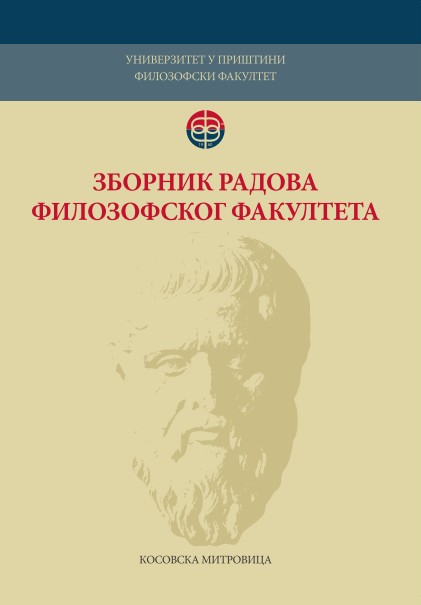The destiny of life and mind in the universe in the works by Arthur Clarke and Olaf Stapledon
The destiny of life and mind in the universe in the works by Arthur Clarke and Olaf Stapledon
Author(s): Iren BoyarkinaSubject(s): Language and Literature Studies, Studies of Literature
Published by: Филозофски факултет, Универзитет у Приштини
Keywords: Arthur Clarke; Olaf Stapledon; science fiction; evolution; cosmic mind; destiny
Summary/Abstract: Arthur Clarke has claimed to be influenced by Stapledon, especially by his Last and First Men and Star Maker. Clarke wrote about the latter that it is "[p]robably the most powerful work of imagination ever written." He was inspired not only by the Stapledon's grandeur of visions of the future and of the cosmos but also by the aim and scope of Star Maker. Stapledon admits that the purpose of the narrator's voyage in Star Maker was "[n]ot only to explore the depths of the physical universe, but to discover what part life and mind were actually playing among the stars […]". The narrator, as well as Stapledon himself, was possessed by "A keen hunger… for insight into the significance of men and of any manlike beings in the cosmos." Also the works by Arthur Clarke demonstrate the same Stapledonian keen hunger for the insight into the significance of men and other beings in the cosmos, as well as into the destiny of life and mind in the universe. Clarke's novels (Childhood's End, 2001: A Space Odyssey, etc.) clearly manifest his deep interest in the predestination of life in general and intelligent life in particular. This paper studies Clarke's ideas about the destiny of life and mind in the universe expressed in his Childhood's End and confronts them with the ideas of Stapledon in Star Maker and Last and First Men. The paper analyses Clarke's response to and elaboration of such important issues raised by Stapledon as the nature of evolution and regress of the human species; the possible ways of mental organization and coexistence of various intelligent life forms in the Universe; the nature and evolution of the Universe(s), the hierarchy of various life forms in the cosmos and possible scenarios of their interaction.
Journal: Зборник радова Филозофског факултета у Приштини
- Issue Year: 49/2019
- Issue No: 3
- Page Range: 113-128
- Page Count: 16
- Language: English

